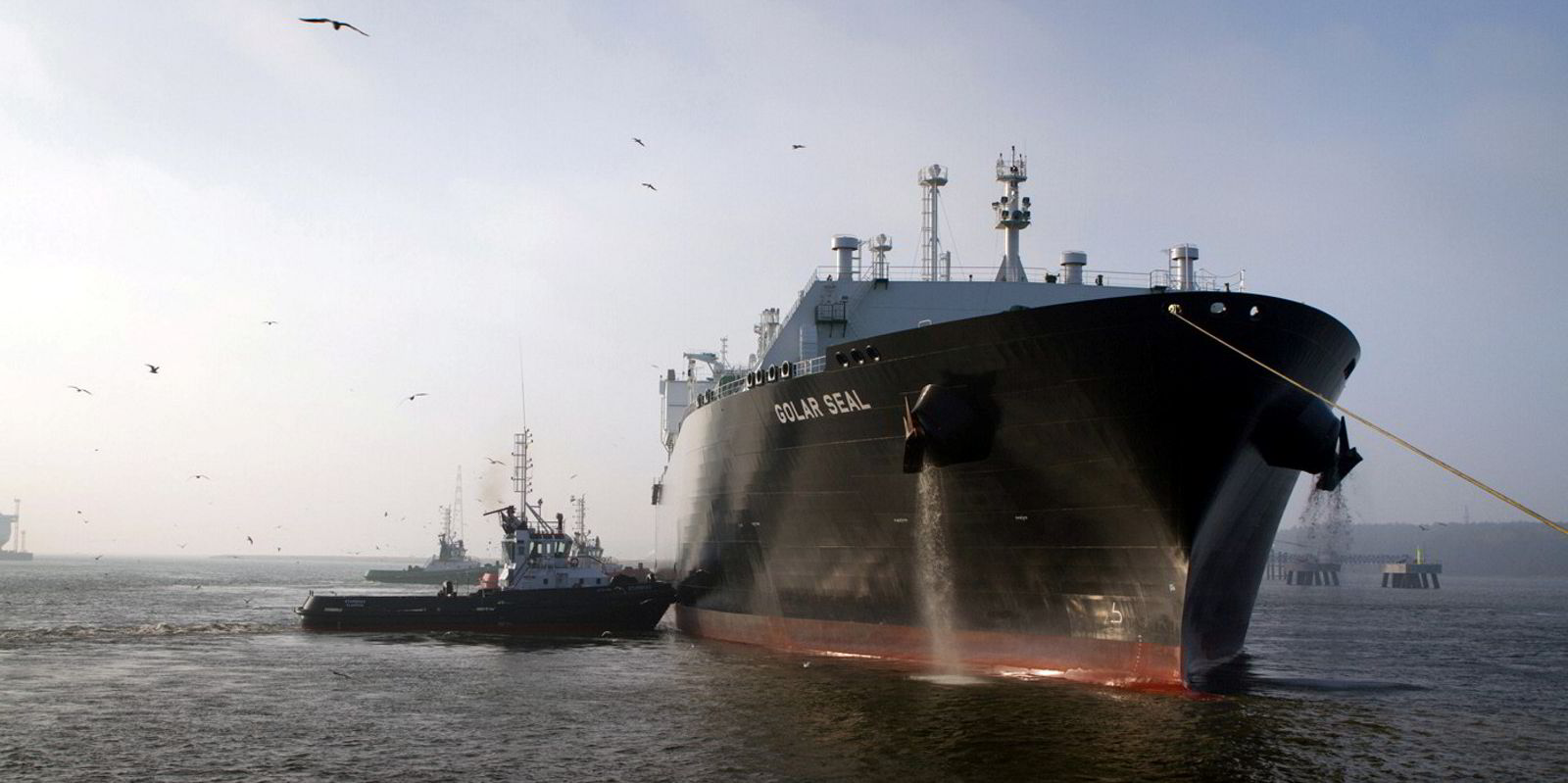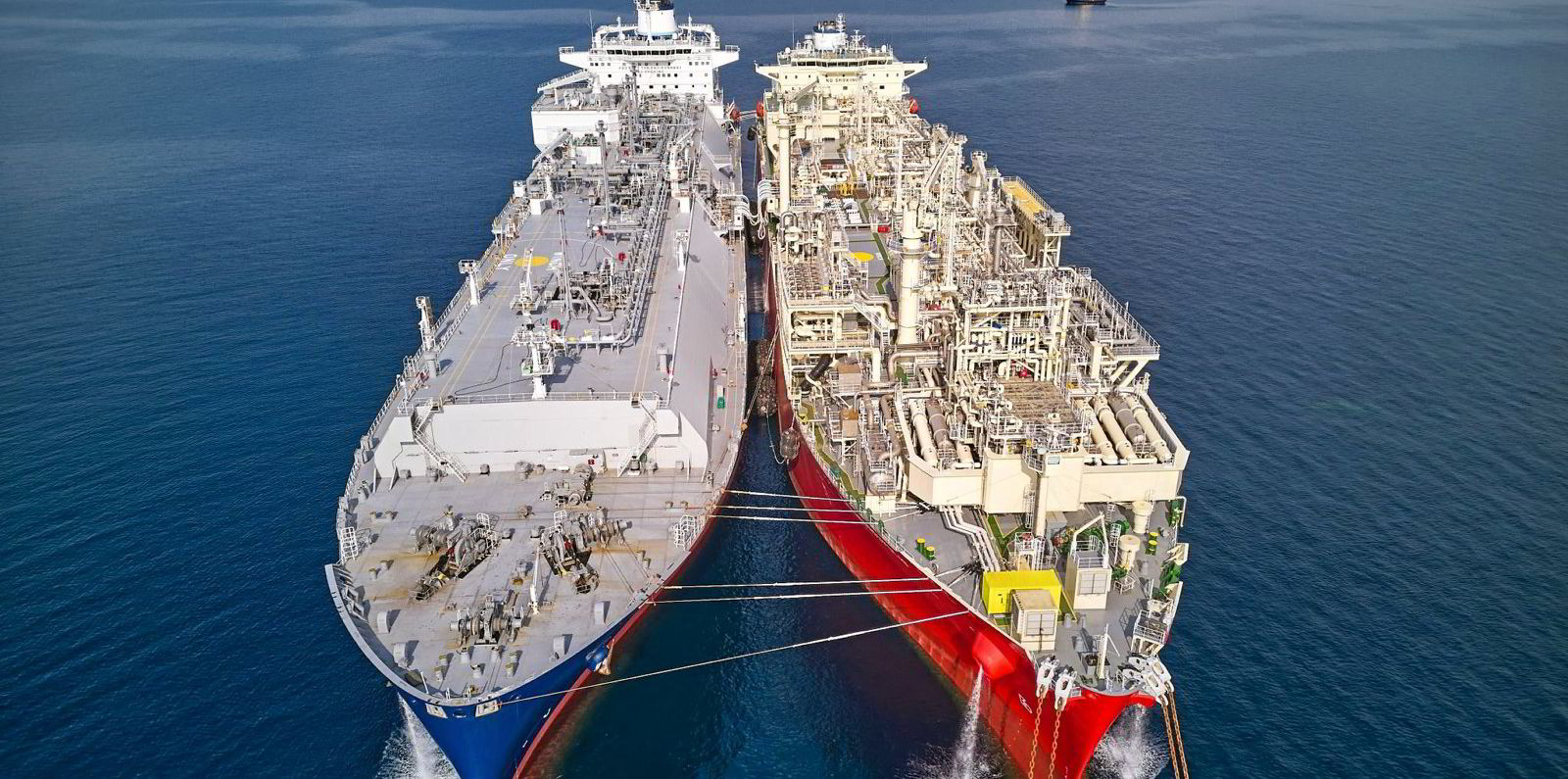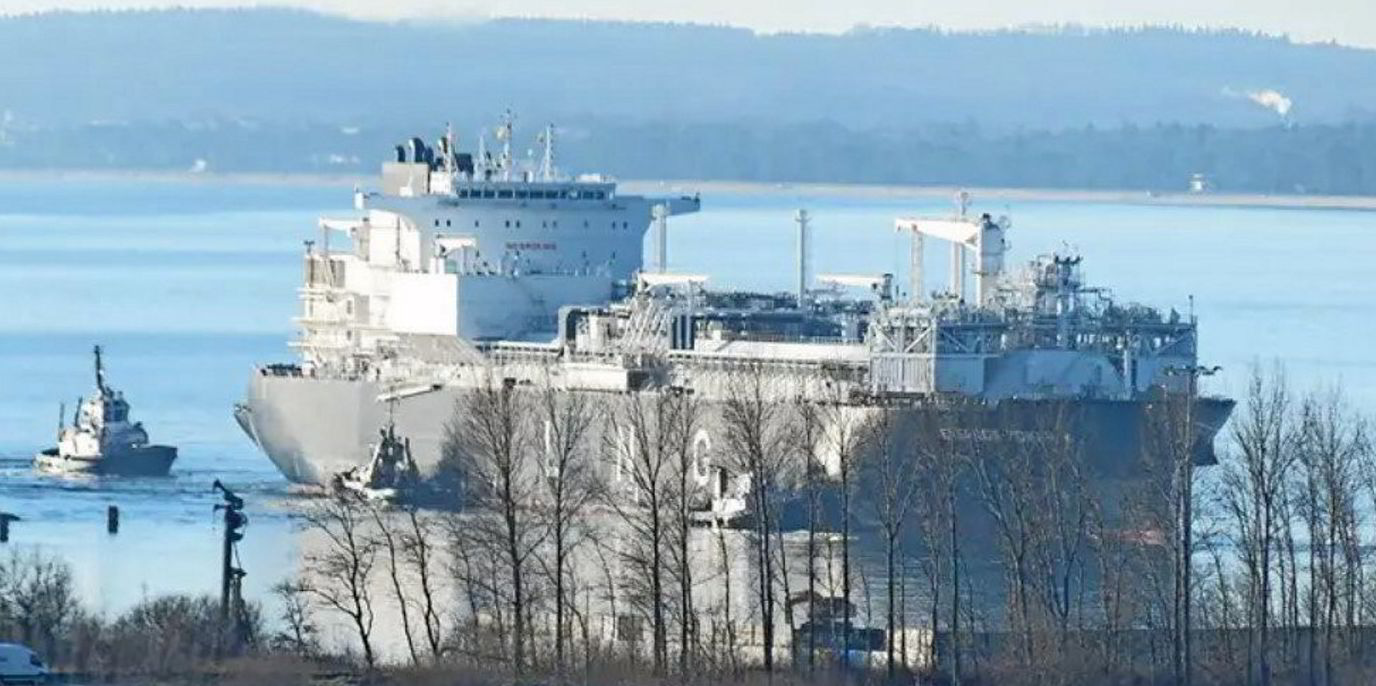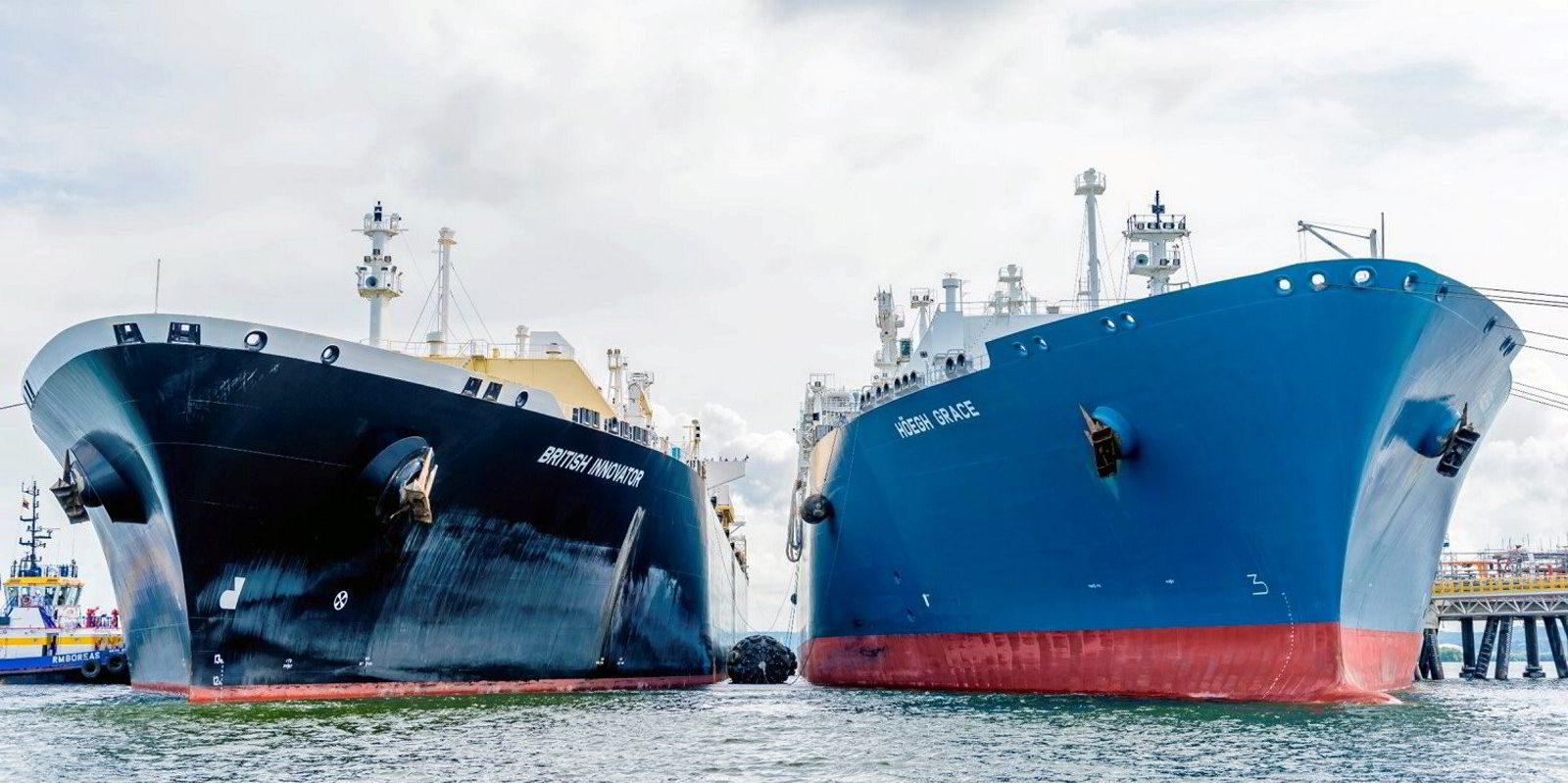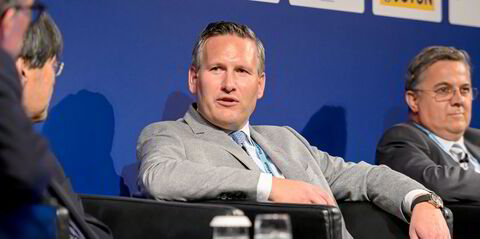Norway’s Hoegh LNG is seeing a strong demand for floating storage and regasification units and is in fresh talks on projects despite all its FSRUs being locked away on long-term business.
In a fourth quarter results statement, Hoegh LNG said business development activity remains high, with ongoing dialogues for FSRU projects worldwide.
“The demand for FSRUs is expected to remain strong,” the company said. “While Hoegh LNG has secured long-term contracts for its entire fleet of FSRUs, the business development team is in active dialogue with several potential new projects looking for FSRU capacity.”
The group operates a fleet of 10 FSRUs and three LNG carriers all of which are either operating under or committed to long-term contracts.
But the 160,000-cbm LNG carrier Hoegh Gandria (ex-Golar Seal, built 2013), which the company bought in 2023 as a potential FSRU conversion candidate, is due to end its one-year charter contract in March.
Hoegh LNG said a new LNG carrier contract has been concluded for another five months to keep the vessel employed and minimise potential idle time upon redelivery.
The average remaining contract length per vessel on its fleet was 7.8 years at the end of December 2023, the company said.
Hoegh LNG turned around its net profit in 2023 reporting a figure of $97.0m compared to a net loss of $55.4m a year earlier.
The company said the increase in profitability was primarily driven by the higher EBITDA, although it was partly offset by increased depreciation and interest costs largely caused by the addition of the new vessel to the fleet.
Revenue for the year rocketed to $520.9m from $380.8m in 2022.
Hoegh said the improved figures were largely due to are mainly new contracts for the fleet which started in late 2022 and last year, the addition of Hoegh Gandria to the fleet in 2023, and reduced administrative expenses compared to the previous year.
Fourth quarter net profit was also reversed at $15.8m from a net loss of 4.0m in the same period a year ago.
Quarterly total income rose to $125.7m from $106.1m in the corresponding three months of 2022.
The fourth quarter figures were down on those recorded in the previous three months.
The company said this was largely due to a decrease in EBITDA along with incurring higher interest expenses mainly as a result of the refinancing of its 170,000-cbm Hoegh Gannet (built 2018) and Hoegh Galleon (built 2019). These factors are partially offset by lower corporate income taxes in the fourth quarter, the company said.
Hoegh LNG, which has an overall climate ambition to reduce its total CO2 emissions by 50% and have the first net zero-carbon FSRU in operation in 2030, said its FSRU Hoegh Galleon started its long-term charter contract with AIE in Australia at the start of the fourth quarter.
During the quarter its 145,000-cbm FSRU Cape Ann (built 2010) started work in France and the Hoegh Gannet (built 2018) in Germany.
The 170,000-cbm Hoegh Giant (built 2017), which is on charter to Compass, is expected to start commissioning in Santos, Brazil at the end of the first quarter of 2024, the company said.
